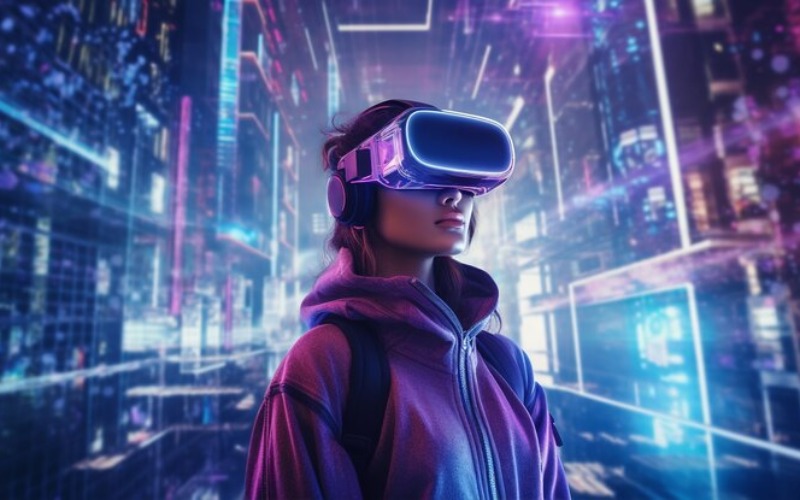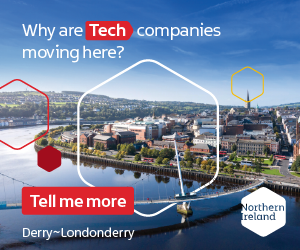The term “Metaverse” is a buzzword that has rapidly gained traction over the past few years, with tech giants, investors, and consumers all intrigued by its potential. But what exactly is the Metaverse, and how will it impact the digital world we know today? In this article, we’ll break down the concept of the Metaverse, explore its current state, and discuss its potential to transform how we interact with technology and one another.
Understanding the Metaverse
At its core, the Metaverse is a collective, virtual, shared space that encompasses both the physical and digital realms. Think of it as a fully immersive, persistent 3D environment where users can interact, socialize, work, play, shop, and even create their own worlds. While this may sound like a futuristic concept, much of the groundwork has already been laid through advancements in virtual reality (VR), augmented reality (AR), blockchain technology, and immersive gaming platforms.
The Metaverse is not a single, centralized platform, but rather a decentralized collection of interconnected virtual worlds. Just like how the internet is made up of countless websites and platforms, the Metaverse will consist of virtual worlds and environments that can be accessed by anyone, anywhere. These worlds are designed to be open, interactive, and capable of supporting everything from social gatherings to business meetings to gaming experiences.
Key Features of the Metaverse
- Immersive Virtual Reality (VR) and Augmented Reality (AR):
The Metaverse relies heavily on immersive technologies like VR and AR. With VR, users can fully immerse themselves in digital environments using specialized headsets and controllers. AR, on the other hand, overlays digital elements onto the real world through smartphones or AR glasses, blending the virtual and physical realms. - Interactivity and Socialization:
One of the Metaverse’s most exciting features is its ability to connect people in ways that go beyond the traditional internet. Users will be able to interact with one another as avatars, attend virtual events, collaborate on projects, or just hang out in virtual spaces. The Metaverse allows for a much richer social experience compared to current online platforms like social media. - Digital Economy:
The Metaverse is expected to host its own virtual economy, where digital goods, services, and experiences can be bought and sold. Virtual real estate, for example, could be purchased or rented, while NFTs (Non-Fungible Tokens) could represent unique virtual assets like art, clothing, and collectibles. Cryptocurrencies may serve as the primary form of payment, offering a decentralized method for conducting transactions. - Interoperability:
One of the key promises of the Metaverse is that it will allow users to move seamlessly between different virtual worlds, carrying their avatars, digital assets, and identities with them. This concept, known as interoperability, will enable a more fluid and connected experience, as people can engage with multiple Metaverse platforms without starting over each time. - Creation and Customization:
Another defining characteristic of the Metaverse is its emphasis on user-generated content. Just as people create websites or videos today, they will be able to design virtual spaces, objects, and experiences within the Metaverse. This opens up endless possibilities for creativity and innovation.
How the Metaverse Will Change the Digital World
- Transforming Social Interaction:
Social media has already changed the way we connect with others, but the Metaverse takes it a step further by creating virtual spaces where people can meet face-to-face (in avatar form). Whether it’s attending a concert, hanging out with friends, or joining a virtual work meeting, the Metaverse will offer more immersive and interactive ways to socialize. - Revolutionizing Entertainment and Gaming:
The gaming industry is already a major player in the development of the Metaverse. Games like Fortnite and Roblox have demonstrated the potential for large-scale virtual worlds where millions of users can interact in real-time. The Metaverse could bring these experiences to a new level, offering fully immersive environments with endless opportunities for entertainment and exploration. - Changing Work and Collaboration:
As remote work continues to grow, the Metaverse could redefine how we collaborate with colleagues. Virtual offices, meetings, and conferences could become the norm, providing a more interactive and engaging alternative to current video conferencing platforms. By merging virtual spaces with collaborative tools, the Metaverse could enable real-time brainstorming and problem-solving in ways that aren’t possible today. - Creating a New Economy:
The digital economy within the Metaverse could open up new opportunities for businesses and creators alike. Companies may create virtual storefronts or offer virtual goods and services, while individuals can generate income by selling digital assets, hosting events, or offering virtual experiences. This could lead to the creation of entirely new industries and job opportunities. - Expanding Education and Training:
The Metaverse has the potential to transform education by creating immersive learning environments. Students could attend virtual classrooms, explore historical events in 3D, or practice skills in realistic simulations. Industries such as healthcare, aviation, and manufacturing could also benefit from virtual training programs, providing a safer and more cost-effective way to teach complex skills.
Rethinking Privacy and Security:
As the Metaverse grows, so too will concerns around privacy, security, and data ownership. Protecting personal information, ensuring safe interactions in virtual environments, and preventing abuse will become critical issues. Blockchain technology could play a key role in safeguarding digital identities and assets, but regulation and governance will be necessary to ensure the Metaverse remains a safe and secure space.











